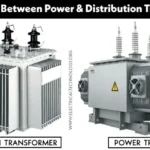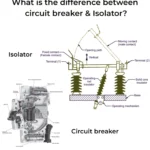Types of Transformers
In this article, we will discuss types of transformers. A power transformer is a static electrical machine that transforms, i.e. increases or decreases the level of alternating voltage and current without changing its frequency.
Power transformer is one of the most important and widely used electrical systems.We can classify power transformers into different types based on different parameters. Important transformer classifications are described in the following sections.
Types of transformers
Transformers can convert the primary side voltage into the required secondary voltage depending on the transformer turns ratio.
The relationship between the primary and secondary voltages of a transformer can be classified into three categories.
Step Up Transformers
Booster Transformers
One-to-One Transformers
Transformers can also be classified into two types based on their basic construction, I.E.
Core Type Transformer
Shell Type Transformer
Ferrite Core Transformer
Toroidal Transformer
Air Core Transformer
Transformers are also classified into the following four types depending on the application, Machines
Power transformer
Distribution transformer
Automatic transformer
Instrument transformer
Now let’s discuss the types of transformers in detail.
1. Step-up transformer
Power transformers that have fewer turns in the primary winding and more turns in the secondary so that the input voltage can be increased is called a boost transformer pressure. Therefore, a step-up transformer is one that produces an output voltage higher than the input voltage.

For step-up transformers, the following relationship exists,

Where N1 and N2 are the number of turns of the primary and secondary windings, respectively. , V1 and V2 are the primary and secondary voltages, respectively, and I1 and I2 are the primary and secondary amperage, respectively.
Step-up transformers used in voltage stabilizers and inverters. Step up transformers are used to increase the transmission voltage in order to reduce transmission losses.
Booster transformers increase the voltage in the electrostatic precipitator (ESP) to remove dust and particles from dusty gases.
2 . Step-down transformers
A step-down transformer is a type of transformer with a higher number of turns in the primary coil and a smaller number of turns in the secondary so that the input voltage can be reduced, called step-down. Transformer. Therefore, a step-down transformer is one that produces an output voltage lower than the input voltage.

For low-order transformers, the following relationship exists,

Low-order transformers are widely used in electrical and electrical applications death. Electronic circuit needs 5V, 6V, 9V, 12V, 24V & 48V to work. The single phase 230 V AC power supply is converted to the desired AC voltage level by a step-down transformer, which is then converted to DC voltage by a rectifier circuit.They are widely used in power adapters of electronic devices.
(3). One-to-one transformers – Isolation transformers
An electrical transformer with an equal number of turns in the primary and secondary windings is called a one-to-one transformer (a 1:1 transformer). It is also known as an isolation transformer because it is mainly used to isolate two electrical circuits, but connects them to transmit power by magnetism.

For isolation transformers,

Isolation transformers, like other transformers, provide electrical isolation between primary and secondary. .The conversion ratio of the isolating transformer is 1 and therefore the secondary voltage is equal to the primary voltage. Isolation transformers provide impedance for surges and transients, thus protecting sensitive electronics.
4. Core transformer
Power transformers in which the primary and secondary windings are located around two different branches of the core, as shown in the figure below, are called core transformers.
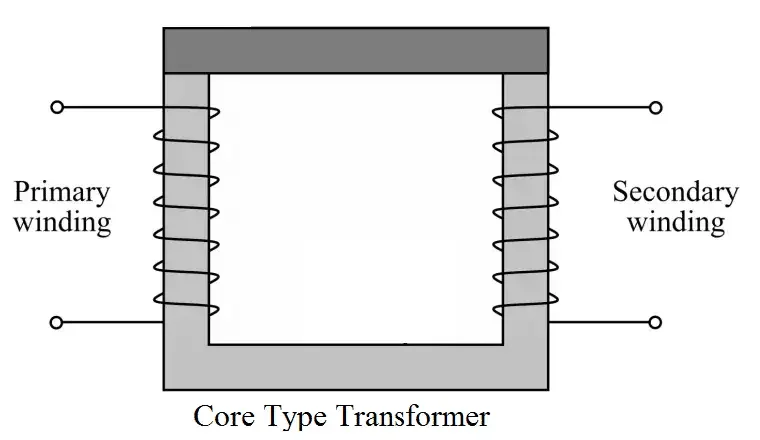
Iron core has excellent magnetic properties and minimal flux leakage and almost all flux is associated with primary and secondary windings and it is efficient higher.
We can choose from different types of core plates on request. The center plates have E, I, U and L shapes. The thin plates are grouped together to form the core to reduce eddy current losses.
5. Clamshell transformers
Power transformers in which the primary and secondary windings are wound around the center pin of the core are called clamshell transformers.Shell type transformers are shown in the figure below.

This type of transformer uses a dual magnetic circuit. It is suitable for high voltage and low current applications due to inadequate vapor ventilation.
6. Transformer
Transformer

A transformer is a type of transformer primarily designed for operation at a nearly constant load, roughly equal to the rated power in kVA.These transformers provide maximum efficiency at full load or at near-full load. Therefore, they are used in power generation and transmission systems. Power transformers mainly have a delta configuration connected to the primary and secondary windings.
7. Distribution transformer
Distribution transformer, as the name implies, is a machine designed to distribute electricity to loads.These transformers are typically subjected to loads varying significantly less than their full load rating. They are therefore designed for maximum efficiency at ½ to full load.
In a distribution transformer, the primary winding is connected in a triangular pattern, and the secondary winding is connected in a star pattern.
8. Autotransformer

A power transformer with only one winding acting as the primary and secondary winding is called an autotransformer.Autotransformers have junctions on their windings to take a variable output voltage from a single input voltage.
Since the autotransformer has only one winding, it transfers power both electrically and slowly from the primary side to the secondary side.
Autotransformers are mainly used in laboratories, for starting induction motors, in test benches, etc.
9. Instrument Transformer

There are two types of instrument transformers, current transformers (CT) and voltage transformers (PT).
A current transformer or CT is a machine that reduces high current values in a transmission line to a measured value lower than that measured by a conventional ammeter.
A voltage transformer, also known as PT, is a type of transformer that converts high voltage to lower voltage so that it can be easily measured with a conventional voltmeter.
10. Ferrite-core transformer
A transformer with a ferrite core is called a ferritic-core transformer.The permeability of the ferrite core is very high.
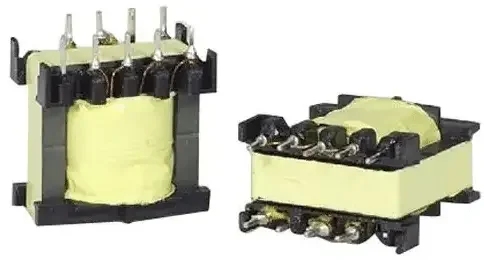
Ferrite core transformers are widely used in high frequency applications because they have very low losses during high frequency operation. Ferrite core transformers are widely used in switch mode power supplies (SMPS), RF related applications, etc.
11. Toroidal Core Transformer
transformers.The torus is a ring or donut-shaped base material and it has outstanding electrical performance.
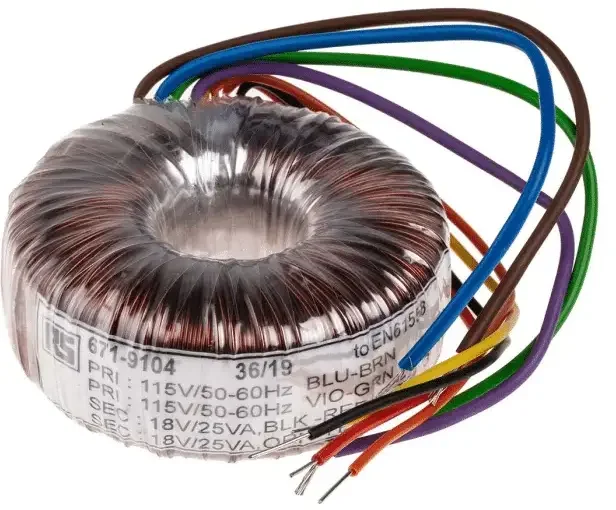
Toroidal transformers provide very high Q, low leakage reactance and high inductance. The ring-shaped toroid results in low leakage reactivity and provides very high Q-factors and inductance.
12. Air-core transformers
The primary and secondary windings of an air-core transformer are not wound on any magnetic material.The magnetic flux passes through the air and the air acts as the core of the transformer.
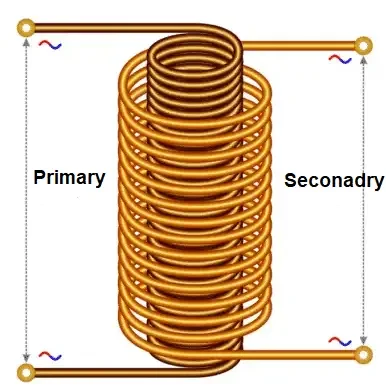
Air-core transformers produce low mutual inductance compared to iron and ferrite core transformers.
13. Pulse transformer
Pulse transformers are used in various electronic circuits to generate pulses in isolated environments. The transformer is mounted on a printed circuit and generates a pulse of constant amplitude.

Pulse transformer provides isolation between primary and secondary and isolated pulse output for digital logic gates or drivers.
Therefore, this is the classification or types of power transformers.

